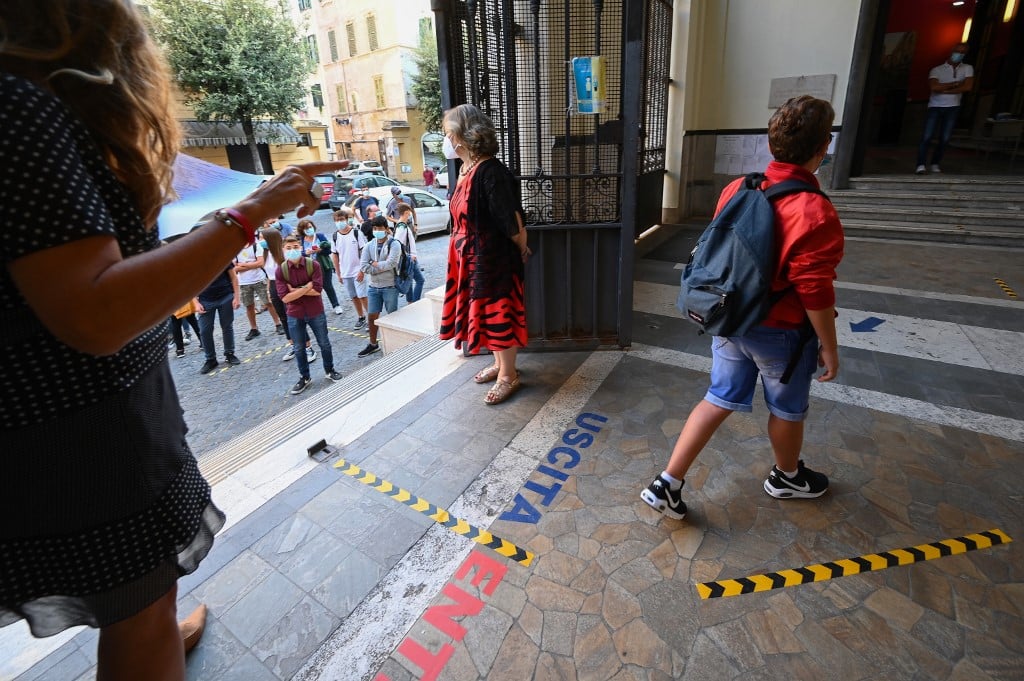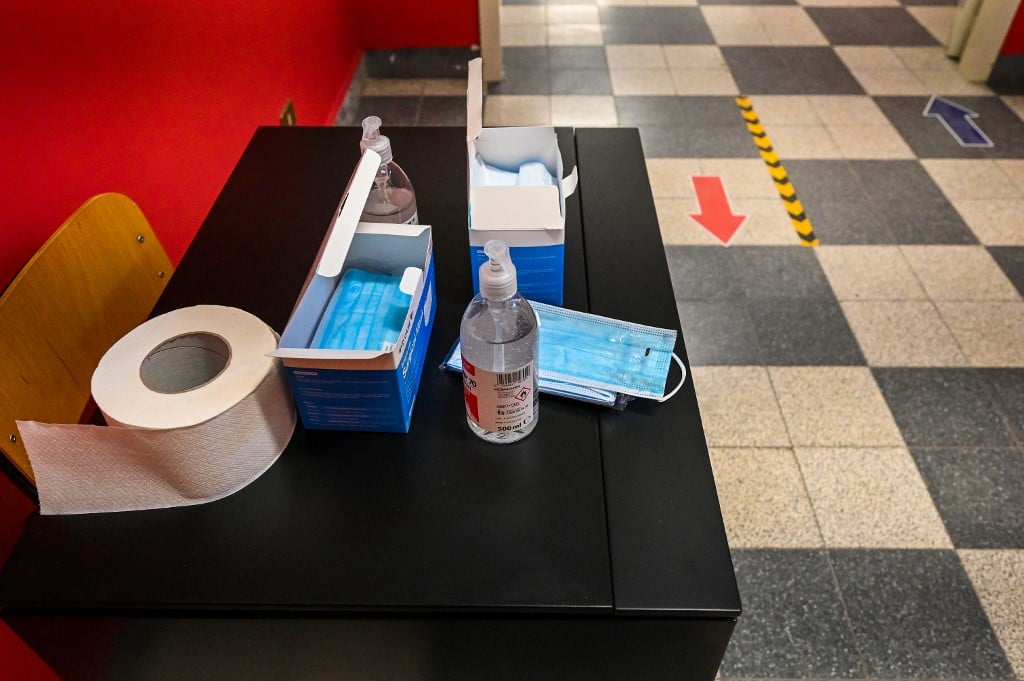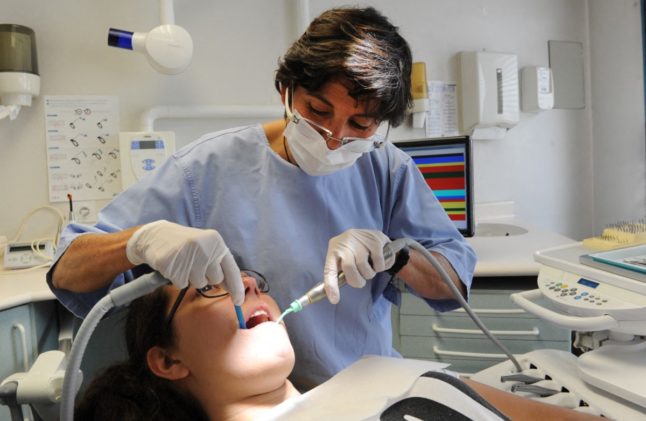Most Italian schools returned on September 14th with all pupils expected to attend – though some are on a reduced timetable, or holding some lessons online for now.
A range of health rules are in place, including masks in the classroom for all pupils over the age of six.
READ ALSO: 'The first week back at school in Italy went well – then came the elections and strikes'
But in spite of all the precautions, Italian authorities admit cases of Covid-19 in schools are likely to happen.
So what happens if a pupil or staff member tests positive?
Though regional rules may vary slightly, here's what Italian authorities say ahead of the return to school.

Isolation
Parents have been asked to check their child's temperature regularly and not to send their child to school if they have a high temperature, cough or fever.
“Pupils are obliged to stay at home in the presence of temperatures over 37.5° or other flu-like symptoms,” the Education Ministry writes in its FAQ on the return to school.
If a child develops these symptoms while at school they will be isolated from the class, given a surgical mask and montored by a member of staff (from a distance) until their parent or guardian can take them home, the ministry's guidelines state.
Quarantine
Children with symptoms must remain at home until they have had the results of a Covid-19 test – your child's pediatrician will be able to advise on available testing centres in your area.
Any child who tests positive will have to observe the 14-day quarantine at home.
IN PHOTOS: Schools start to reopen in Italy after six-month closure
Cleaning and tracing
If any child or staff member tests positive, the school must thoroughly disinfect any areas they have been in and create a list of all the people that person has been in contact with.
The list is then sent to health authorities, who will contact everyone on the list and invite them for testing.
Closures
The local health authority (ASL) will then make a decision on what needs to be closed – whether this is just one class or the entire school.
Authorities insist schools should remain open as far as possible, but each decision is taken on a case-by-case basis by local authorities and depends on the spread of the virus, the level of contact, the layout of the school buildings and many other factors.

Parental leave
Probably the key question for any parents whose children are sent home from school – are you entitled to time off work to look after them?
If a class or school is closed, teachers will be expected to put in place distance learning solutions in the same way that they did during the lockdown, so parents trying to work at home while also looking after their children can take small comfort from knowing that the kids will at least have some schoolwork to be getting on with.



 Please whitelist us to continue reading.
Please whitelist us to continue reading.
Member comments